The Eight-Year Journey of Writing the ‘Killers of the Flower Moon’ Screenplay Took Some Turns of Its Own
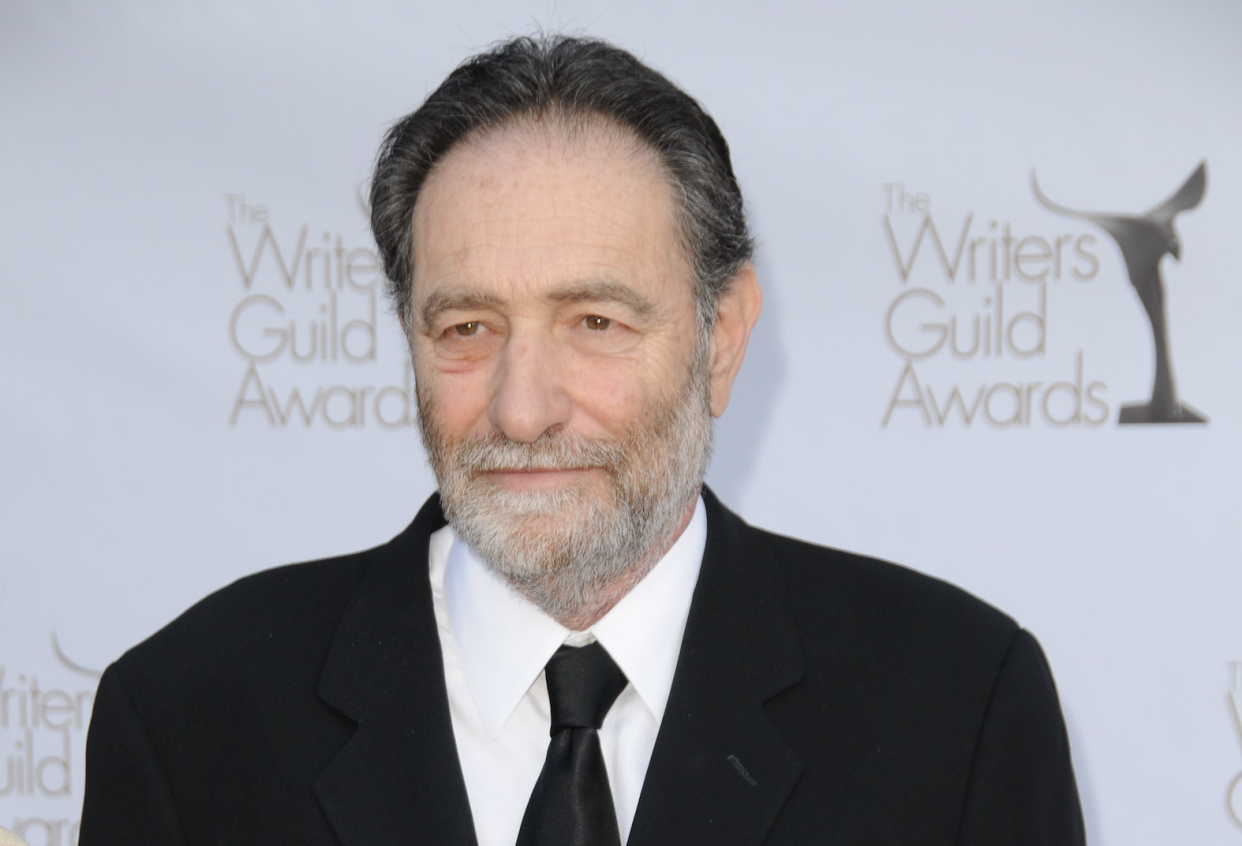
- Oops!Something went wrong.Please try again later.
- Oops!Something went wrong.Please try again later.
- Oops!Something went wrong.Please try again later.
- Oops!Something went wrong.Please try again later.
Martin Scorsese’s Oscar-contender “Killers of the Flower Moon” (AppleTV+) went through many iterations on its way to the big screen. Scorsese and his co-writer, Oscar-winner Eric Roth (“Forrest Gump”), made several dramatic pivots on their way to a final script.
Even author David Grann, who wrote the 2017 non-fiction bestseller on which the book is based, when over half a decade he was obsessively researching the mysterious Osage killings in Oklahoma in the 1920s, had to start over when he discovered facts that changed his version of history. He had thought that the character William K. Hale, played by Robert De Niro in the movie, was the primary leader and evil villain of the piece. But as he dug into the Osage guardianship system in a vast archive warehouse in Fort Worth, Texas, he uncovered something different.
More from IndieWire
“[It was] a racist system of appointing these whites to manage Osage,” said Grann. “I found in one of the boxes this booklet…that identified the guardians and the Osages whose fortunes they managed. And the only other thing written in that book: if one of those had died, the word “dead” was written next to their name. And next to the first one of the guardians who had had about five Osages whose fortunes they had managed, I noticed the word “dead” written next to the first name, “dead” next to the second, “dead” through all five and I thought, ‘that’s nuts.'”
Grann realized that this little booklet contained the hints of a systematic murder campaign. “It reflected this banality of evil in that it was just this bureaucratic notebook,” he said. “And I kept thinking about that anonymous bureaucrat who kept writing the word “dead” next to their name. And not really talking about it. I’m Jewish. And one of the things when you study the Holocaust that you grapple with is these willing executioners, all these people who go along with these systems.”
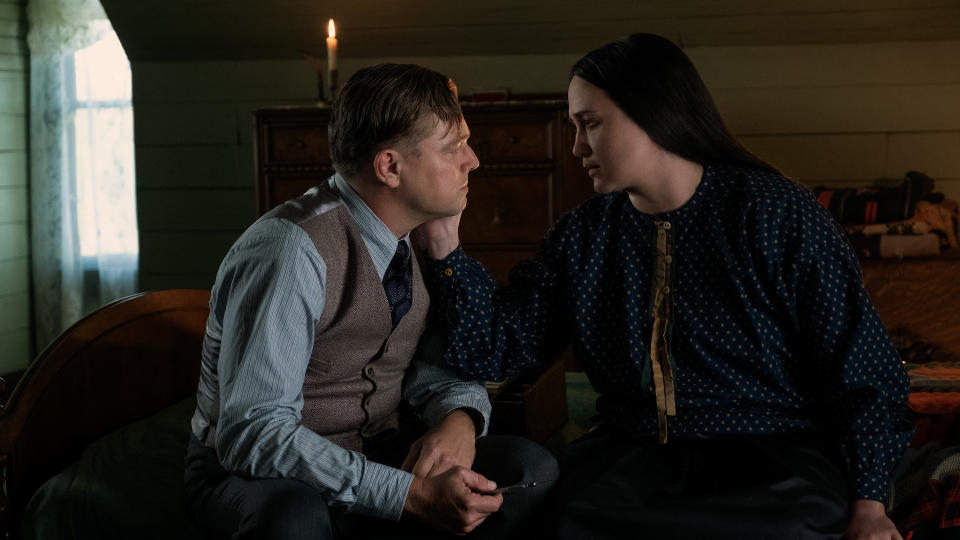
The writer structured his book as a triptych told from three distinct perspectives: Osage Mollie Burkhart (Lily Gladstone), FBI investigator Tom White (Jesse Plemons), and present-day interviews of the descendants, including Mollie’s family, “showing how this was, despite the FBI’s ability to capture a few of the killers,” Grann said, “a much broader conspiracy. Many other people were never caught, went free. Three people served any punishment: William K. Hale, Ernest Burkhart, and John Ramsey. They were obviously responsible for the killings in Mollie Burkhart’s family, and they were the ones who are captured. But the official death toll was at least 24. And many of those weren’t connected to Hale, and those perpetrators were never caught. And then the actual death toll was undoubtedly much higher.”
Like most book authors, Grann kept his distance from the filmmakers unless they needed something from him, and had no idea what the final script would look like. Scorsese and star Leonardo DiCaprio checked in with him on the phone several times before he finally met them on set.
Hired eight years ago by Dan Friedkin’s Imperative Entertainment, screenwriter Roth in his first year focused on the most riveting, procedural section of Grann’s book, which follows FBI investigator Tom White uncovering the crimes. When Scorsese and DiCaprio came on board, the star was going to play White. Scorsese made “The Irishman” while Roth labored on the script, and the pandemic stretched the timeline as well.
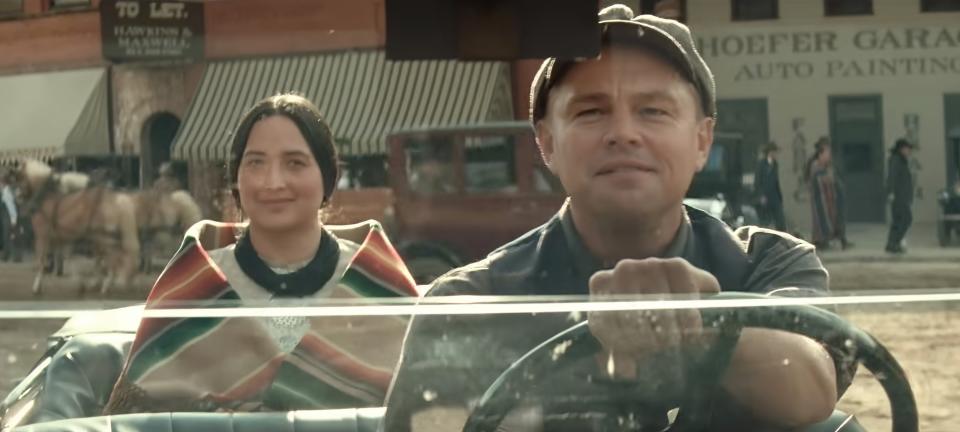
“This has had a number of incarnations,” said Roth, who asked Scorsese to co-write with him. “It’s a true collaboration in the best way that a writer and director can collaborate. If you can remain with the director, and embrace their vision (because it’s not always the same), and if things do change, and things are turned inside out, I’ve had that happen before, it’s nothing new. It starts with the word but at the end of the day, it’s the director’s movie.”
At the beginning, Scorsese and Roth embraced a real John Ford Western. “It was as much about Tom White as it was about the crime and everything else and in that sense it was closer to the book,” said Roth, who always wanted the audience to be ahead of White, knowing more than he did. “So it wasn’t a mystery in that sense. Marty’s saying a bigger thing, which he’s so right about. It’s not a ‘who done it.’ It’s ‘who didn’t do it.’ As a social comment.”
Three years and countless drafts later, Roth was staying at a hotel in New York to work with Scorsese. The director called him late at night. “Are you sitting down?” he said. “Well, Leo has a big idea.”
That meant changes were afoot. “When I went and met with them,” said Roth, “I had figured out that Leonardo was not comfortable playing: ‘the hero.’ In other words, he didn’t want to be the great white savior. Very smart. And the more complicated part was the husband [Ernest Burkhart] and complicated for many reasons, but probably the most interesting is somebody who’s in love with somebody and trying to kill them. And we thought of Desdemona [‘Othello’], ‘Talented Mr. Ripley,’ and ‘A Place in the Sun.’ We always embraced [Mollie] as the centerpiece of the movie. We had many, many things that dealt with the Osage, the Osage customs, the Osage world.”
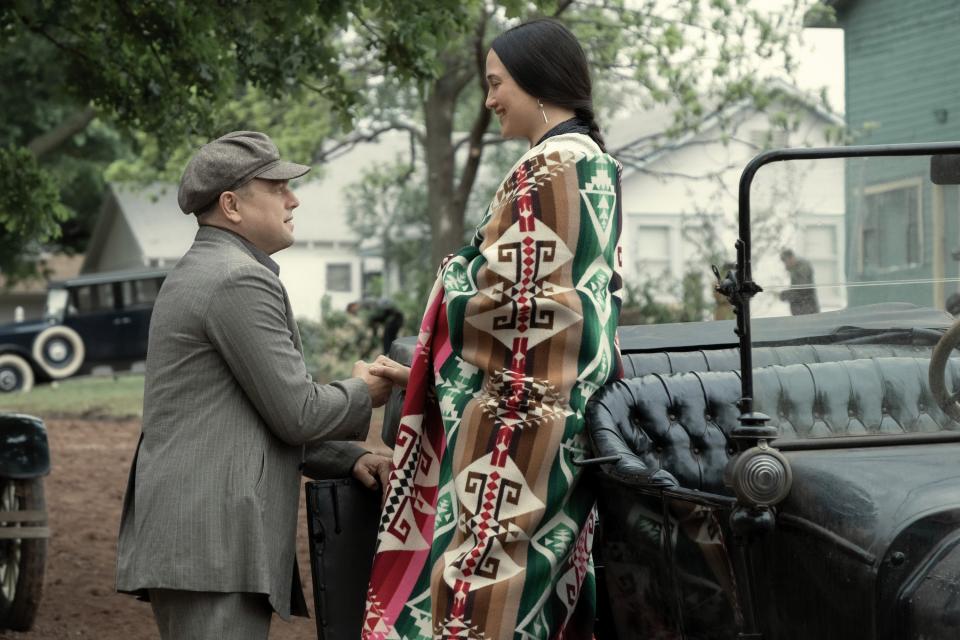
As DiCaprio’s Ernest Burkhart expanded, FBI man White shrunk, so that he doesn’t turn up until about two hours into the movie. “It wasn’t about the FBI anymore, or the Great White Hope,” said Roth. “Everybody has a slightly different point of view, and an artist is allowed to tell a story from the point of view they feel is the most important way to tell it. This movie is going to stand the test of time: it’s the first to portray Native Americans as human beings. [Marty] wanted to show the dark side of people, and the greed and all the corruption.”
Paul Schrader isn’t the first to wonder why audiences would want to spend so much time with the dim-witted Ernest Burkhart. “He’s compartmentalized in some way as an individual,” said Roth. “He’s a little slow. He’s been Svengalied by his uncle, obviously. He’s torn. At one point he has this avarice in him. But he sees [Mollie] as a human being, so that gets complicated and he does love her. They had three children. And there is a certain naivete too, to a certain extent. ‘How can you not see it?'”
Next up: Grann is waiting to see if Scorsese and DiCaprio will make a film of his period maritime survival tale “The Wager.” AppleTV+ will launch a limited series of his book “The White Darkness,” about how British Army man Henry Worsely (Tom Hiddleston) was obsessed with Antarctic explorer Ernest Shackleton. At 78, Roth is trying to be “judicious.” Having co-written the last “Dune,” he did not sign up for the sequel, although he is developing something else with Denis Villeneuve. He is writing for Lee Isaac Chung a small love story with Steven Yeun, he said, that director Bong Joon Ho is going to produce. Coming in 2024 is the film version of graphic novel “Here” (Sony), a tearjerker that takes place in one room over many eons of history and reunites the “Forrest Gump” team of Bob Zemeckis, Tom Hanks, Robin Wright and Roth. “Tom Hanks, when he comes on the screen is 22 in this movie,” said Roth, “and he looks exactly like he’s 22 from the era of doing ‘Big,’ it’s unbelievable. It’s about life, it’s about mortality and the passage of time, from the beginning of time to the present day, even the future.”
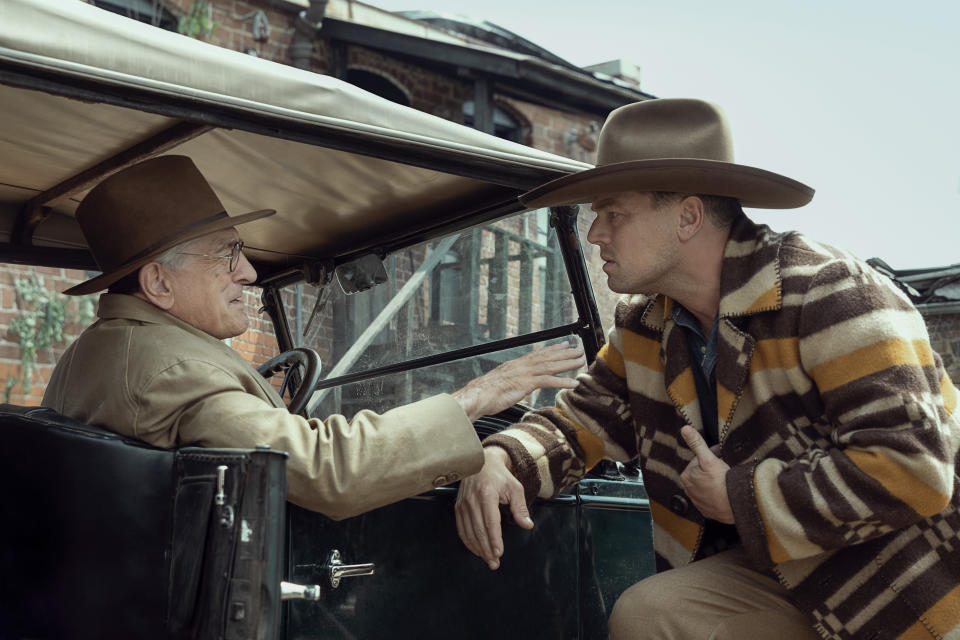
Best of IndieWire
2023 Emmy Predictions: Who Will Win at the Primetime Emmy Awards?
2023 Emmy Predictions: Outstanding Documentary or Nonfiction Special
2023 Emmy Predictions: Outstanding Documentary or Nonfiction Series
Sign up for Indiewire's Newsletter. For the latest news, follow us on Facebook, Twitter, and Instagram.

